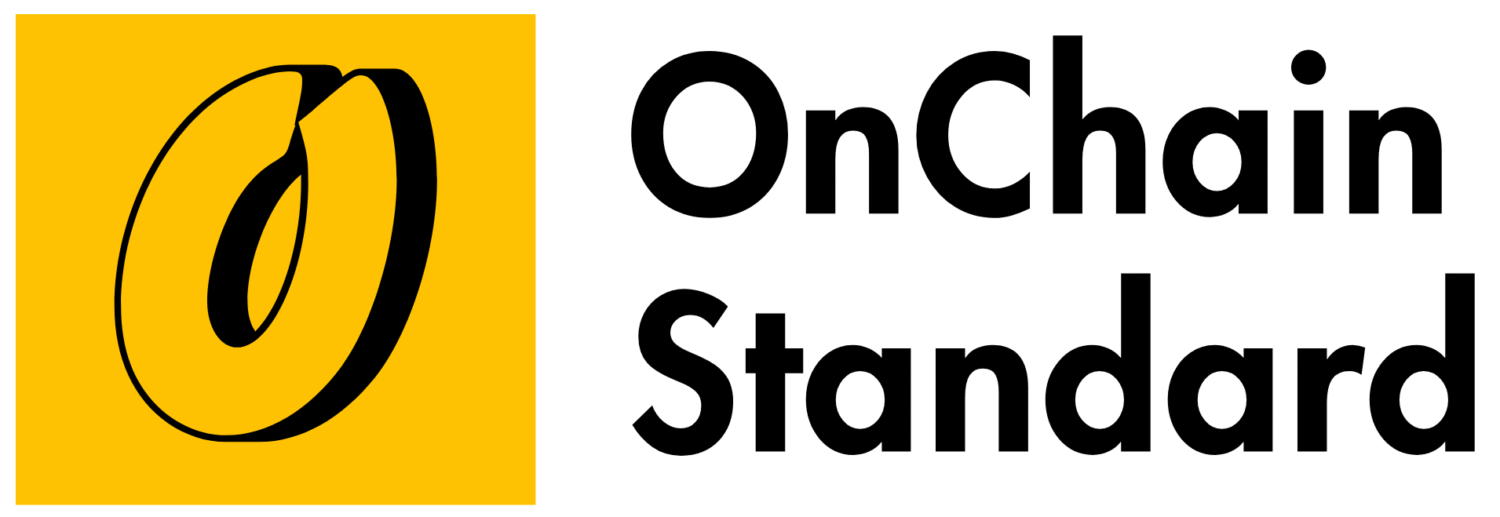What Is a Multisig Wallet? A 2025 Guide
Discover what a multisig wallet is and how it enhances crypto security in 2025. Learn its benefits, use cases, and role in DeFi, DAOs, and secure trading on blockchains like Ethereum and Base
Introduction
As the cryptocurrency market grows to $2.3 trillion in 2025, securing digital assets is more critical than ever. Multisig wallets, short for multi-signature wallets, offer a robust solution for safeguarding funds on blockchains like Ethereum, Base, and Sonic. By requiring multiple approvals for transactions, multisig wallets enhance security for individuals, businesses, and decentralized organizations. This guide explains what multisig wallets are, how they work, and their importance in the evolving crypto landscape.
Defining a Multisig Wallet
A multisig wallet is a cryptocurrency wallet that requires multiple private key signatures to authorize a transaction, unlike standard wallets that need only one. Think of it as a digital safe with multiple locks, where several keyholders must agree to unlock it. This setup reduces the risk of theft, hacking, or single-point failures, making multisig wallets ideal for secure asset management in DeFi, DAOs, and corporate treasuries.
Key Characteristics
-
Multiple Signatures: Transactions require approval from a predefined number of keyholders (e.g., 2-of-3 or 3-of-5 signatures).
-
Enhanced Security: Distributes control, preventing unauthorized access if one key is compromised.
-
Decentralized Control: Enables shared custody for teams, DAOs, or partnerships.
-
Flexibility: Configurable signature thresholds (e.g., 2-of-3 or 4-of-5) suit various use cases.
-
Blockchain Compatibility: Supported on major networks like Ethereum, Base, and Sonic.
How Multisig Wallets Work
Multisig wallets operate using smart contracts on a blockchain. Here’s a simplified process:
-
Wallet Creation: A multisig wallet is set up with a specific signature requirement (e.g., 2-of-3, meaning two of three keyholders must approve).
-
Transaction Initiation: One keyholder proposes a transaction, such as transferring $BENJI on Base or staking $S on Sonic.
-
Approval Process: Other designated keyholders review and sign the transaction using their private keys.
-
Execution: Once the required signatures are collected, the transaction is executed on the blockchain.
-
Security Fallback: If a key is lost or compromised, other keyholders can still authorize transactions, ensuring access to funds.
For example, a 2-of-3 multisig wallet might involve three parties (e.g., a CEO, CFO, and CTO), where any two must approve a transaction, preventing unilateral actions.
Popular Multisig Wallet Platforms in 2025
Several platforms offer multisig wallets, catering to different needs:
-
Gnosis Safe: A leading Ethereum-based multisig wallet, widely used by DAOs and DeFi projects for secure treasury management. Supports Base and Sonic.
-
Safe{Wallet}: An evolution of Gnosis Safe, offering user-friendly interfaces and integrations with 1inch for DeFi swaps.
-
Fireblocks: A multisig solution for institutional investors, managing assets like $ANDY or $SHADOW with enterprise-grade security.
-
Casa: Focused on Bitcoin multisig wallets, ideal for high-net-worth individuals securing BTC (e.g., Metaplanet’s 15,555 BTC treasury).
-
1inch Wallet: Supports multisig functionality on Ethereum and Layer 2s like Unichain, enabling secure DeFi trading.
Use Cases for Multisig Wallets
Multisig wallets are versatile, supporting various applications in 2025:
-
DeFi Security: Protects funds in DeFi protocols like Shadow Exchange ($SHADOW) on Sonic, ensuring safe staking and trading.
-
DAO Governance: DAOs use multisig wallets to manage community treasuries, requiring multiple member approvals for fund allocation.
-
Corporate Treasuries: Companies like Metaplanet secure their Bitcoin holdings (valued at $1.7 billion) with multisig wallets to prevent unauthorized access.
-
Escrow Services: Facilitates secure peer-to-peer trades, holding funds until all parties approve (e.g., NFT purchases on Base).
-
Family or Group Savings: Enables shared control among family members or partners, reducing risks of loss or theft.
Benefits of Multisig Wallets
-
Enhanced Security: Multiple signatures reduce the risk of hacks, phishing, or single-key theft.
-
Shared Control: Ideal for teams or DAOs, ensuring no single party can misuse funds.
-
Recovery Options: Lost keys don’t lock funds, as remaining keyholders can approve transactions.
-
Transparency: Transactions are logged on the blockchain, auditable for accountability.
-
DeFi Integration: Compatible with platforms like 1inch on Unichain for secure token swaps.
Challenges of Multisig Wallets
-
Complexity: Setup and management require coordination among keyholders, which can be cumbersome for beginners.
-
Cost: On Ethereum Layer 1, multisig transactions can incur higher gas fees (~$5–$20), though Layer 2s like Base reduce costs to ~$0.01.
-
Key Management: Keyholders must securely store private keys, as losing too many can lock funds.
-
Slower Transactions: Multiple approvals delay execution compared to single-signature wallets.
Why Multisig Wallets Matter in 2025
With crypto scams costing $1.2 billion in 2024 and DeFi TVL reaching $92.3 billion in 2025, multisig wallets are a vital tool for security. They protect against rug pulls in meme coins like $GOGLZ on Sonic and ensure safe management of corporate assets, as seen with Metaplanet’s Bitcoin treasury. As Web3 adoption grows—750 million smartphone users globally access crypto—multisig wallets empower secure participation in DeFi, NFTs, and DAOs. Their integration with Layer 2 solutions like Base and Unichain makes them accessible and cost-effective.
Conclusion
Multisig wallets are a cornerstone of crypto security in 2025, requiring multiple signatures to authorize transactions and protect against theft or loss. Used by individuals, DAOs, and corporations, they offer shared control and transparency on blockchains like Ethereum, Base, and Sonic. Despite setup complexity and potential costs, their benefits—enhanced security, recovery options, and DeFi compatibility—make them essential in the $2.3 trillion crypto market. By adopting multisig wallets, users can confidently navigate Web3, securing assets in a decentralized world.




